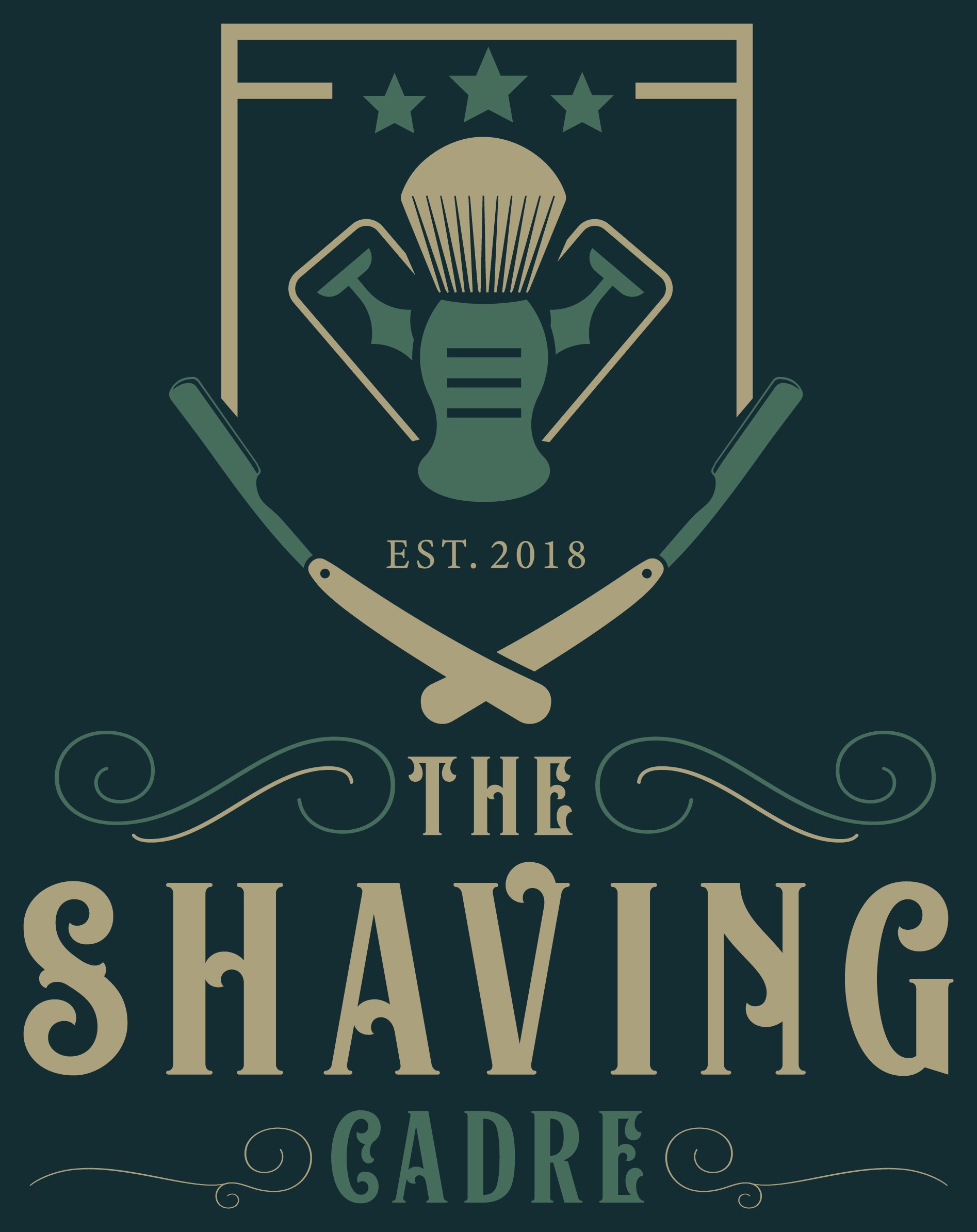...Murumuru Butter
The Shaving Cadre
You are using an out of date browser. It may not display this or other websites correctly.
You should upgrade or use an alternative browser.
You should upgrade or use an alternative browser.
Let’s Talk...
- Thread starter August West
- Start date
Anyone?
mrdoug
"TSC's Shave Sales Deal Finder"
Never heard of it... Just did a Google search...
Murumuru butter is rich in lauric, myristic and oleic acid. The fruit contains a butter rich in saturated short-chain fatty acids such as lauric and myristic acid. ... Murumuru butter is a highly nourishing emollient and moisturizer for hair, and helps the skin recover to its natural moisture and elasticity.
So, is this found in soaps... Shave soaps... Lotions... Shampoos? How does it compare to other butters and oils used?
I know Frank @Dragonsbeard had expensive knowledge of this sort of thing. Curious if he has any opinion .
Murumuru butter is rich in lauric, myristic and oleic acid. The fruit contains a butter rich in saturated short-chain fatty acids such as lauric and myristic acid. ... Murumuru butter is a highly nourishing emollient and moisturizer for hair, and helps the skin recover to its natural moisture and elasticity.
So, is this found in soaps... Shave soaps... Lotions... Shampoos? How does it compare to other butters and oils used?
I know Frank @Dragonsbeard had expensive knowledge of this sort of thing. Curious if he has any opinion .
woodpusher
TSC’s International Man of Meh
He wanted to talk about butter , but all he could do was murmur
I see it more and more as of late.
Never heard of it... Just did a Google search...
Murumuru butter is rich in lauric, myristic and oleic acid. The fruit contains a butter rich in saturated short-chain fatty acids such as lauric and myristic acid. ... Murumuru butter is a highly nourishing emollient and moisturizer for hair, and helps the skin recover to its natural moisture and elasticity.
So, is this found in soaps... Shave soaps... Lotions... Shampoos? How does it compare to other butters and oils used?
I know Frank @Dragonsbeard had expensive knowledge of this sort of thing. Curious if he has any opinion .
There are a lot of great butters and oils that are not that commonly known. I’m playing with some different ones now for some future products I’m going to launch. My Remede Revitalizing serums are all different formulas for different skin types and I’ll post the ingredients and you’ll probably see some very beneficial oils that are not commonly used. I’m glad more artisan soap makers are exploring butters like Murumuru butter which has healing and anti inflammatory benefits. I’ll be adding it along with some others to a foot cream I’m working on. It’s also fairly low on the Comedogenic scale so won’t clog pores. Has kind of a woody fruity scent.
I use it in my Orion soap base, it’s a really nice addition because of its emollient & moisturizing properties but what makes it really nice for shaving soap (or shaving ‘stuff’) is that it has other properties that help to ‘treat’ various inflammatory skin conditions. There are a lot of good emollients and moisturizers but finding a nice, light, butter that has anti inflammatory properties is non or low comedogenic AND is a good emollient (and is relatively accessible) is kind of hard. It’s a bit expensive, I suspect that is partly due to it (the ‘nut’ comes from) being a food item in the native location it is grown and more to due with to its wonderful properties and current popularity. If we are being honest, it’s a member of the palm family...so those who reject palm products SHOULD reject murmuru too. I’ll go out on a limb here and say I wouldn’t be surprised if one couldn’t find some of the same properties in a good palm oil...but I’ve never used honest to goodness palm oils so I can’t say and the Internet is mum on the subject.
Another good butter with similar properties but from a different botanical family all together is Cupuacu nut butter. It’s not exactly the same (ok, it’s not the same at all) but it’s a good replacement because it has a high oliec acid content and properties like sun protection and anti-aging etc. the higher oliec acid in a soap recipe will tend to increase slickness and everyone loves slick soaps.
Another good butter with similar properties but from a different botanical family all together is Cupuacu nut butter. It’s not exactly the same (ok, it’s not the same at all) but it’s a good replacement because it has a high oliec acid content and properties like sun protection and anti-aging etc. the higher oliec acid in a soap recipe will tend to increase slickness and everyone loves slick soaps.
dkeester
"TSC's Master of Bourbon"
It is interesting that you mention this butter also. It seems like many of the soap artisans out there are going in the same direction. Once again, I will mention PAA CK-6.Another good butter with similar properties but from a different botanical family all together is Cupuacu nut butter. It’s not exactly the same (ok, it’s not the same at all) but it’s a good replacement because it has a high oliec acid content and properties like sun protection and anti-aging etc. the higher oliec acid in a soap recipe will tend to increase slickness and everyone loves slick soaps.
Here is the ingredient list for CK-6 from the web site:
Potassium Stearate, Glycerin, Potassium Cocoate, Aqua, Potassium Kokumate, Sodium Lactate, Potassium Shea Butterate, Potassium Castorate, Sodium Stearate, Potassium Cocoa Butterate, Potassium Avocadoate, Simmondsia Chinensis (Jojoba) Seed Oil, Theobroma Grandiflorum (Capuacu) Butter, Astrocaryum (Murumuru) Seed Butter, Platonia Insignis (Bacuri) Seed Butter, Parfum [Fragrance]
These expensive butters are interesting, and the times that I have used products containing them have been great. But, the price difference is a bit ouchy on the wallet.
Have you heard of Bacuri seed butter? Is it similar to Murumuru or Capuacu?
Blasphemy!PAA uses it in their CK-6 base. It is good stuff, perhaps better than tallow.
mrdoug
"TSC's Shave Sales Deal Finder"
Thanks @CBLindsay and @Dragonsbeard . You learn something new every day, they say... Today it was quite a few things. Amazing stuff. [emoji106]
Btw, that should read 'extensive' knowledge. As far as I know, dragonsbeard isn't charging for answers. Lol. [emoji1787]
Btw, that should read 'extensive' knowledge. As far as I know, dragonsbeard isn't charging for answers. Lol. [emoji1787]
Oh, I thought you were just making noises. Didn't know you were asking a question......Anyone?
Oh, I thought you were just making noises. Didn't know you were asking a question......
Generally speaking, palm oils are a lot like tallow in terms of the basic fatty acid profiles. If you take the “generic” veggie soap base made with just stearic acid and coconut oil and rework it so you include palm oil in it (like you might otherwise include tallow) the result would be surprising similar in many ways to a ‘generic’ tallow soap made in a similar way.It is interesting that you mention this butter also. It seems like many of the soap artisans out there are going in the same direction. Once again, I will mention PAA CK-6.
Here is the ingredient list for CK-6 from the web site:
Potassium Stearate, Glycerin, Potassium Cocoate, Aqua, Potassium Kokumate, Sodium Lactate, Potassium Shea Butterate, Potassium Castorate, Sodium Stearate, Potassium Cocoa Butterate, Potassium Avocadoate, Simmondsia Chinensis (Jojoba) Seed Oil, Theobroma Grandiflorum (Capuacu) Butter, Astrocaryum (Murumuru) Seed Butter, Platonia Insignis (Bacuri) Seed Butter, Parfum [Fragrance]
These expensive butters are interesting, and the times that I have used products containing them have been great. But, the price difference is a bit ouchy on the wallet.
Have you heard of Bacuri seed butter? Is it similar to Murumuru or Capuacu?
Beyond the fatty acid profiles of the different fats/butters and what the sum total of all the different fatty acids from all the different ingredients in the formula, each butter/fat brings “extras” in the for of unsaponifiable bits and pieces, proteins, vitamins, minerals and such that theoretically (or actually) add value to the soap. Some of these extras are very well known and documented others are pure bunk.
As far as I am concerned (my opinion, not gospel) since the act of saponification is about a brutal a chemical reaction as can occur, I see no benefit in using exotic butters as the source of “base/core” fatty acids when there are cheaper more readily available ones available. I favor the addition of “exotic” butters and oils for their other properties. This doesn’t mean there isn’t value in heavy handed use of something that seems like it would be exotic, only that I think it should be done because it truly adds value NOT because it looks good on a label.
When I am deciding on what to add/use in a formula I start first by identifying what characteristics I’m wanting to impart or improve on then I research the things that help do that. I (personally) don’t limit my search to natural sources, I include refined oils and ingredients available through scientific supply houses. I know this isn’t for everyone but it’s my approach, if all I need is something that mimics the wonderful feel that the unsaponifiable components of jojoba oil provides why limit myself to JUST jojoba oil when Cetyl alcohol fills the bill wonderfully? Nothing stops me from using BOTH and getting even better results (and I do). After I find the possible solutions I look for sources and costs. Finding and keeping reliable sources of ingredients isn’t always easy and often requires a large upfront purchase to make happen. Murumuru butter is terribly expensive in small quantities, gets more cost effective in larger quantities but to be in line with kokum, illipe, mango, and the exotic tallows it takes a good volume. And cupuacu is harder to find and even more expensive. Making it more difficult for me is that temps are so high most of the year the murumuru arrives melted (very low melting point) and I loose about 15% of what I order if they don’t pack in screw top containers (so large volume is out).
I hesitate to say this because I don’t want to make it any harder for me or any other soap maker to find these exotic butters but...if you really want to know how these exotic butters help or don’t help you, buy a little bit and start smearing a bit on your face before or after every shave. Murumuru and cupuacu both make great hair conditioners and lip balms too. Illipe and kokum are HARD but also make good lip balm and aren’t bad for winter hands. Everyone seems to have moved beyond Shea butter but it’s an easy one to enjoy (I don’t like it personally, nor do I like coco butter...really don’t like coco butter).
More on topic. Murumuru butter is worth buying a small tub. I don’t know if it will improve your shaves but it’s a good, light, moisturizing oil that is perfect for this time of year.


